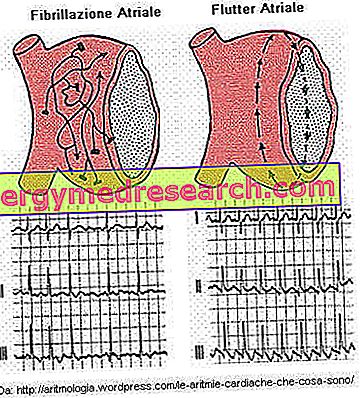
When two important joints such as the knee and the hip are severely damaged and no longer work as they should (NB: among the causes we note, in particular, osteoarthritis, rheumatoid arthritis and severe bone fractures ), may require implantation of a prosthesis.
Composed mostly of metallic material (alloys) and polyethylene, knee and hip joint prostheses are designed to replicate the original joints, especially from a functional point of view.
Interventions for the implantation of a knee prosthesis or a hip prosthesis are delicate and complex operations, which however, in a good number of cases, can really significantly improve the life of the operated patients .
Modern knee prostheses - which, among other things, are the most implanted and most successful prosthesis - can last from 10 to even 20 years .
To be more precise, the total models last between 15 and 20 years, while the partial models last between 10 and 15 years .
Like total knee prostheses, even modern hip replacements can last from 15 to 20 years .
OTHER ARTICULAR PROSTHESES
Thanks to advances in medical engineering, it has been possible to develop prostheses that could also replace other important joints in the human body, including the shoulder, elbow, wrist and ankle.The shoulder prosthesis is, in many respects (from the motif of the implant to the composition), similar to the hip prosthesis. After all, the shoulder joint is an arthrosis, like the hip. The arthrosis are articular structures in which a convex bone portion lodges in a concave bone portion, thus ensuring a wide mobility of the adjacent limb (in the case of the shoulder, the upper limb).
The duration of a shoulder prosthesis ranges from 12 to 20 years.
The elbow prosthesis is a "hinged" prosthesis, which is placed between the humerus and the ulna.
It is a little practiced solution, because of high risk complications.
It is used only when it is not possible to do otherwise.
An elbow prosthesis can last even more than 10 years.
The wrist prosthesis is a very little used treatment, which reserves itself for extreme cases (unbearable pain in the wrist and / or serious mobility problems) and without another therapeutic alternative.
Wrist prostheses have a variable duration between 10 and 15 years.
Finally, the ankle prosthesis is a solution that today, in spite of the past, manages to replicate in a more than satisfactory manner the articulation placed between the tibia (distal portion) and the talus (also called talo) of the foot.
Its duration usually ranges from 5 to 8 years.


